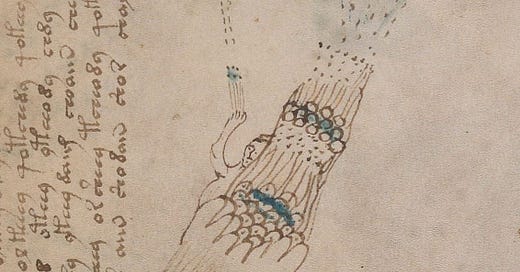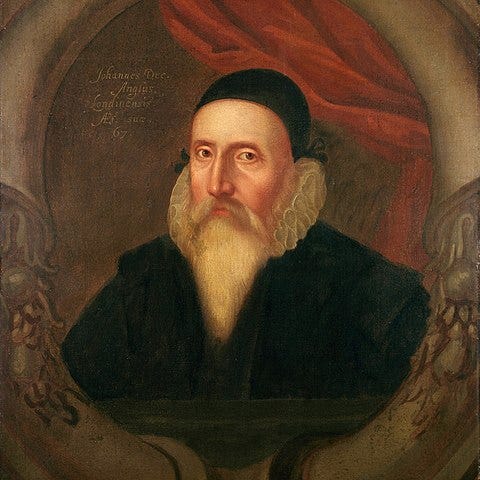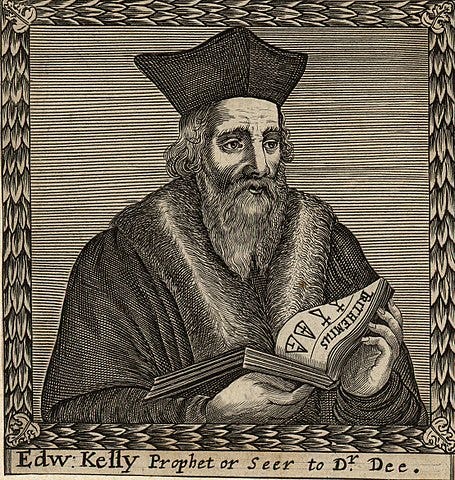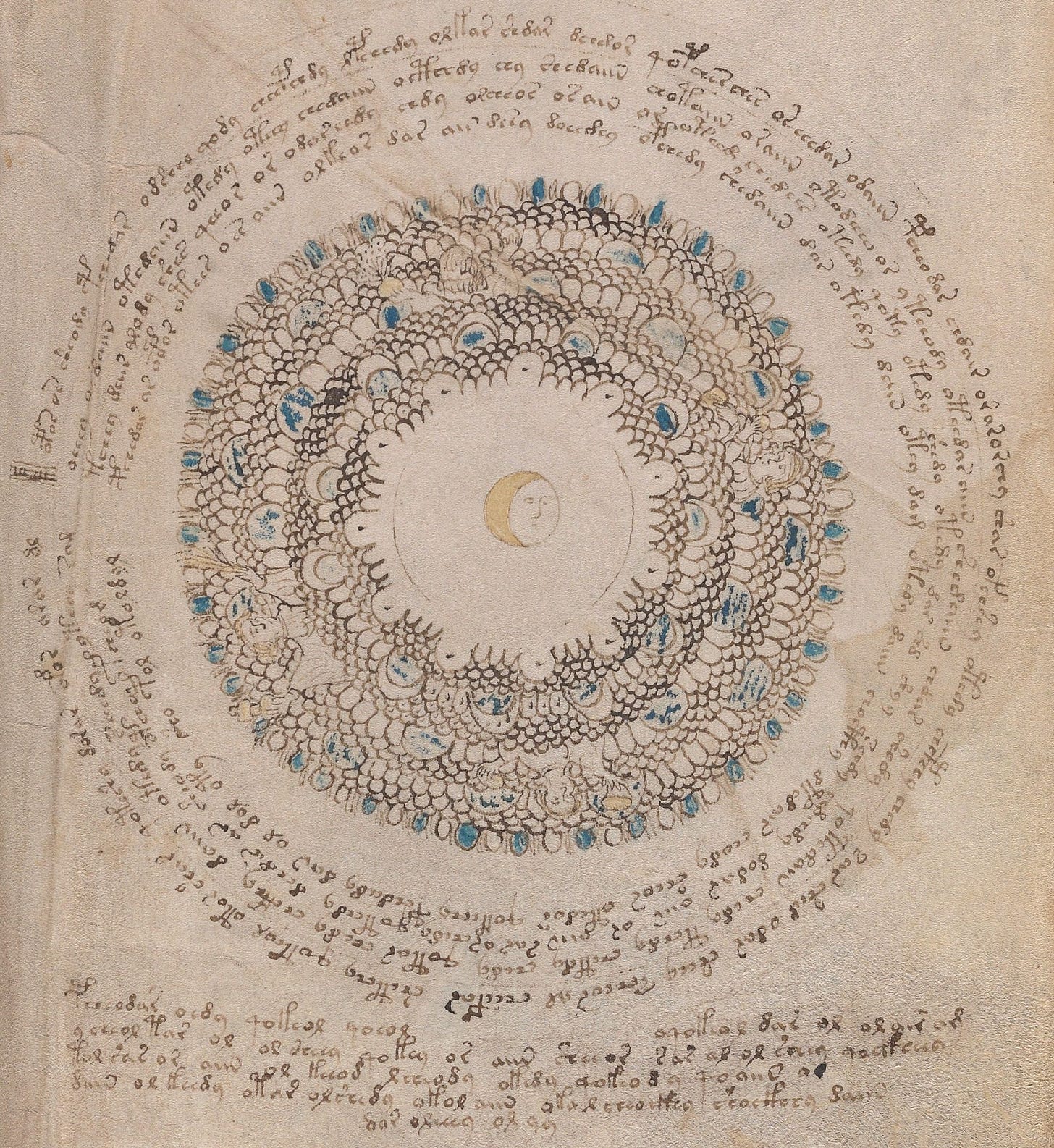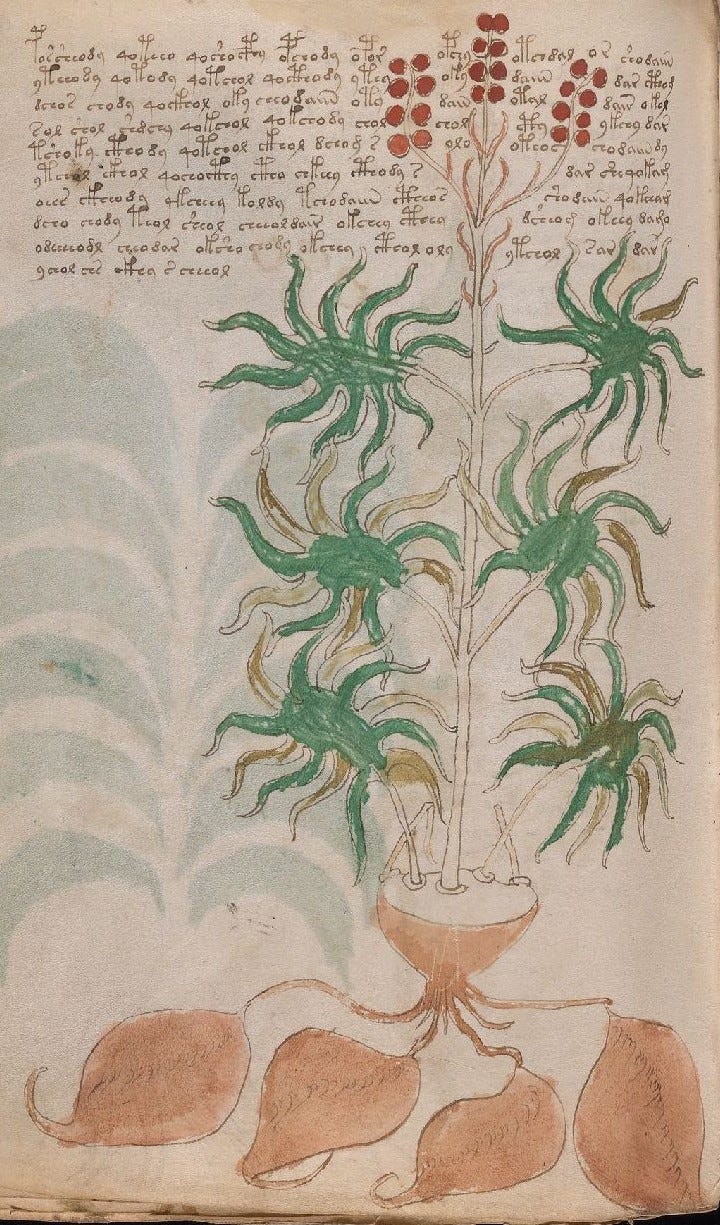It’s back! Another revolutionary edition of Our Belated Past. Your monthly-ish dose of historical musings. If you enjoy what you read and want some more, feel free to check out my book, Lemuria: A True Story of a Fake Place, and why not go ahead and order my brand new book out this freaking week!, Raising Philadelphia: The Making of America’s First Great City. Don’t even @ me Roanoke!
Let’s label this issue under speculative history where I read something and make connections. So away we go…..
This was going to be another colonial Philadelphia related issue to, you know, promote my new book coming out this week, Raising Philadelphia: The Making of America’s First Great City. But I’m not really good at “staying on message” plus there has been a tonne of other shit going on: podcasts, Australian radio, starting writing and researching the next book, which is where today’s topic originates from, writing articles for Defector that eagle-eyed OBP readers may recognize, on top of having a family and full time job obligations. If anything, I’m a glutton for punishing myself. But someone has to!
So no Philadelphia history nuggets*, you’ll just have to buy the book to satiate those needs. Instead I’m going to be wading into the mysterious Voynich Manuscript and some possible ties it has to Rosicrucianism that I haven’t really seen made before. Maybe others have though so please let me know!
*Ok one Philly history nugget. There is a Rosicrucian connection to colonial Philadelphia in the form of Johannes Kelpius who emigrated to Philadelphia from Germany where he created a Rosicrucian settlement in the late 17th century in Bucks County. You really can’t turn over a rock throughout history without a Rosicrucian scurrying out.
The Voynich Manuscript may be the most famous undeciphered text in the world. Written in a seemingly medieval romantic script with a bunch of pictures of planets, naked ladies, and astral wheels. The book is currently held at Yale University’s Beinecke Rare Book and Manuscript Library, and they have digitized the manuscript for everyone to ponder it’s mysteries.
The strangeness of the book, the provenance surrounding the manuscript, and that no one, not leading scholars or wanna-be scholars, has been able to figure what the hell is going on with the book has made it one of history’s great mysteries. The lynchpin to of this mystery may be who wrote this thing.
The first definitive mention of the manuscript is found in a letter from Bohemian (the place not the lifestyle) physician, Johannes Marcus Marci von Kronland to Athanasius Kircher in 1666. This letter provides the only background to the book that we know. In the letter, Marci claims Emperor Rudolf II bought the book for 600 ducats and then the book somehow got into the hands of Jacobus Horcicky de Tepenecz and then into Marci’s hands. Now Marci was sending it on to Kircher, who readers of Lemuria: A True Story of a Fake Place will recognize as on important figure in Atlantean as well as Hollow Earth lore. He was so much more than that though, the dude got around. After Kircher got his hands on the manuscript, the book ends up in the library of the Jesuit College at Frascati, where it just laid around for a couple of hundred years before being sold in 1912 to Wilfrid Voynich. Later, H. P. Kraus bought the book from Voynich’s widow’s estate and donated it to Yale University.
Also in Marci’s letter, he speculates that the book was written by Roger Bacon, a 13th century English friar who dabbled in the alchemical arts and pursued scientific and theological matters. But Bacon is just one of the proposed authors. Albert Magnus, a German contemporary of Bacon’s also gets mentioned, as does John Dee’s name. With Dee is when worlds start to finally collide.
John Dee is one of those terribly interesting people. A polymath like most everyone else in this story, Dee was particularly into the occult arts like scrying and summoning angels that he did with the help of his medium companion Edward Kelley. This interest in the occult led him and Kelle to tour Europe and further his mystical knowledge while also trying to gain some $$$ and patronage from influential Europeans during the 1580s. And maybe do some spying on the side for Queen Elizabeth.
This brought Dee and Kelley and maybe the Voynich Manuscript* along with them to the court of Holy Roman Emperor Rudolf II in Prague. Rudolf’s reign (1576-1612) atop the Holy Roman Empire was a fraught one. He was a great champion of the arts and allowed unheard of religious freedoms across the empire that included a personal fascination with things occult, Hermetic, Kabbalahistic, alchemy, you name it he probably loved it. Despite this or more likely because of it, Rudolf did not get a handle on the broiling tensions between Catholics and Protestants throughout the empire. This situation was only exacerbated by his worsening mental health and self-exile isolated himself and kinda-sorta set Europe down the path towards the Thirty Years’ War.
*Some great research has been done exploring when and where and from whom the manuscript could’ve come from. The prime culprit being Dr. Carl Widemann, a book collector and city physician of Augsburg, who served as the personal secretary to Edward Kelley while he was stationed with Dee at Rudolf’s court. It should also be noted that there are also strong evidence to suggest that Dee himself carried the book over with him and sold it to Rudolf. In October 1586, Dee claimed that he had 630 ducats, and his son wrote that Dee owned “a booke…containing nothing butt Hieroglyphicks, which booke his father bestowed much time upon: but I could not heare that hee could make it out.”
This sweet spot combination of John Dee, the flourishing of occult thinking under Rudolf II, and the increasing animosity of esoteric-leaning German Protestants towards the Jesuit influence on the Hapsburg dynasty created the perfect conditions for the creation (allegedly) of a secret society like the Rosicrucians, which was meant to combat the Jesuit forces while upholding sacred Protestant Christian occult beliefs.
The creation of the Rosicrucian myth and the supposed Order of the Rosy Cross is a complex miasma all tied around internal Holy Roman Empire socio-religio politics. That is way too complicated for me to go into in one issue, but scholars like Frances Yates and Christopher McIntosh Have done excellent work on that front. With Yates in particular showing clear ties between the original Rosicrucian texts and John Dee.
Those first Rosicrucian texts, often referred to as the Rosicrucian Manifestos, are where things get interesting in terms of the Voynich Manuscript. The secret society became a not-so-secret one thanks to a series of published tracts from 1614-1616 starting with Fama and followed up by Confessio* both which provide details about the life of Christian Rosenkreuz (also spelled as Rosenkreutz, a 14th century German wandering sage and founder of the Order of the Rosy Cross. His secret order was dedicated to healing the sick, spreading secret knowledge that’ll elevate humanity, curtailing Jesuit influence, and getting together to party once a year in Howl’s Moving Castle.
*Their full titles being Fama Fraternitatis or A Discovery of the Fraternity of the most Laudable Order of the Rosy Cross and Confession of the Society and Brotherhood of the Rosenkreuz.
These two short works that told the history of Rosenkreuz and the order were followed up by the novel Chymical Wedding of Christian Rosenkreutz, a very emo title. All three works were anonymous though Johannes Valentinus Andreae claimed authorship of Chemical Wedding, and it is generally accepted he did write the book and has been linked to the first two works as well. That is still up for debate though.
The publications of those works kicked off a brief Rosicrucian-mania in Western Europe with people writing in to the publishers asking to join this secret brotherhood and others writing in to condemn it. The Thirty Years’ War being such a massively brutal conflict threw a wet blanket on Rosicrucianism for a number of years. But Rosicrucians never die and neo-movement would resurface over the next couple of centuries and would help to provide inspiration to other secret societies like Freemasonry and the Illuminati, a word that gets bandied about quite a bit in the Rosicrucian texts.
After alllllllllllllllllllllllll this build up let me finally get to my point and circle back to the Fama, the pamphlet that introduced the Order of the Rosy Cross to the world, well the German speaking world at the time, because there is a curious passage in there that talks about them writing a book about nature in a secret language, that sounds an awful lot like the Voynich Manuscript:
“After this manner began the Fraternity of the Rosie Cross; first, by four persons onely, and by them was made the Magical Language and writing, with a large Dictionary, which we yet daily use to Gods praise and glory, and do finde great wisdom therein; they made also the first part of the Book M.”
This Book M is Liber Mundi or The Book of the World and also known as The Book of Nature, which would also be an apt description of the Voynich Manuscript. Throughout Fama there are references to nature, “[Rosenkreuz] shewed them new Growths, new Fruits, and Beasts, which did concord with old Philosophy, and prescribed them new Axiomata, whereby all things might fully be restored.”
Much conjecture has been made that the Voynich Manuscript may have been a medical tract with the plants depicted in there having some sort of medicinal value that the secret language goes on to explain. And Rosenkreutz and his Order would primarily be dedicated to healing the sick.
I’m not saying Christian Rosenkreuz wrote the Voynich Manuscript or any other Rosicrucian wrote the book for that matter. The Order and Rosenkreuz did not exist. But there is a possibility that those who created the Rosicrucian myth had seen this manuscript or other such manuscripts that inspired them to write the backstory found in the Fama.
With Rosicrucians strong ties to John Dee and Dee’s strong ties to the Voynich Manuscript, further exploration into the Voynich Manuscript’s influence on Rosicrucianism could yield some new pathways to unlocking the mysteries of that book.
While the temporary furor (1614-1620ish) spurred on by the Rosicrucian manifestos was going on, the Voynich Manuscript was also there silently witnessing these same events.
Note on Sources
Frances Yates’s The Rosicrucian Enlightenment and Christopher McIntosh’s The Rosicrucians provided a lot of insight into their history. And Yale’s Beinecke Rare Book and Manuscript Library has a great overview of the Voynich Manuscript and the historiography surrounding it.

